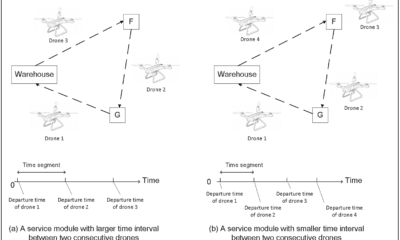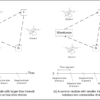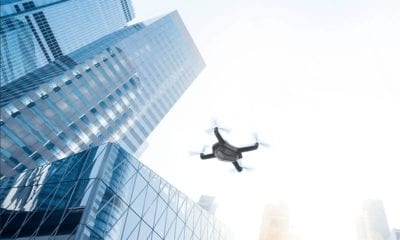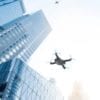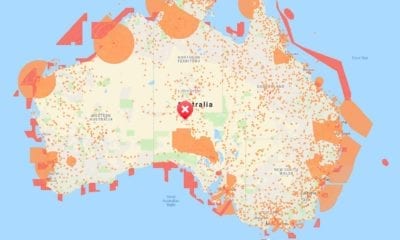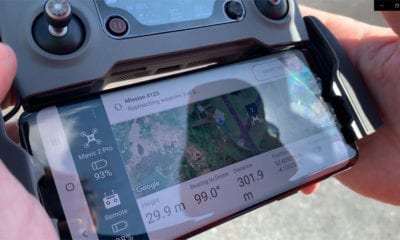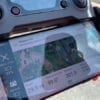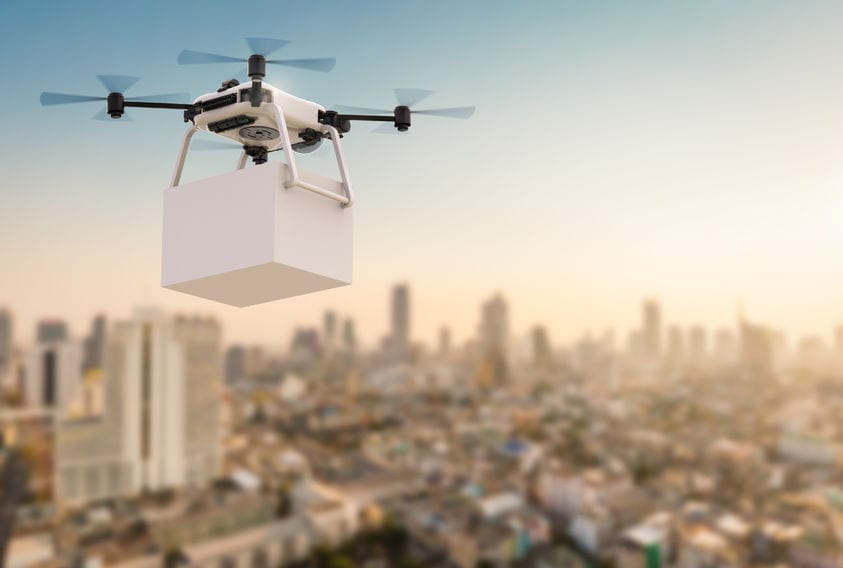
Drone Delivery
Unmanned Aerial System Operations for Retail
A paper by researchers at SAFRAN Group, Aéroports de Paris, ENAC – Ecole Nationale de l’Aviation Civile presents five UAS applications that will impact the retail sector: freight, monitoring, guiding, delivery, and advertisement. For each application, the researchers present concepts of operation provided along with the associated technological, standard and regulatory locks.
Technological advancements work like an ingredient to the whole industrial world. A small advancement changes the industry and all of its departments and sectors, just a simple update in computer processing power, for example, can have a large impact on radio controlled systems, computer manufacturing industry, engineering and design offices, medical sector and Fast Moving Consumer Goods (FMCG) manufacturing firms.
Advancements in Unmanned Aerial Vehicles (UAV’s) or drones have similarly affected entire supply chains of different sectors by offering cheaper, better, highly efficient options if UAV’s were implemented in the supply chain process. One such sector highly anticipated to be revolutionized by the usage of UAV’s is the retail sector.
Retail refers to the activity of reselling. A retailer is any party or organization that sells goods or services directly to consumers or end-users. Some retailers may sell to business customers, and such sales are termed non-retail activity.
In some jurisdictions or regions, legal definitions of retail specify that at least 80 percent of sales activity must be to end-users. All in all, the general stores and sellers form the retail sector.
What is an Unmanned Aerial System (UAS)
An Unmanned Aerial System (UAS) has three components:
- An autonomous or human-operated control system which is usually on the ground or a ship but may be on another airborne platform;
- An Unmanned Aerial Vehicle (UAV);
- A command and control (C2)
So it can be said that a network or system of drones or UAVs is an Unmanned Aerial System (UAS)
According to a study titled Unmanned Aerial System Operations For Retail, there are five potentially profitable applications of UAS in the retail sector:
- freight,
- monitoring,
- guiding,
- delivery,
- advertisement.
Freight
Freight operations involve the transportation of large quantities of goods, which represents the input of most retail stores. Depending on the way suppliers operate, opportunities for the retail sector can change. Large Unmanned Cargo Aircraft (LUCA) offer economic opportunities, as demonstrated, especially when it comes to long haul point to point, delivery to/from remote places and high value cargo over distances requiring multiple piloting crews. Removing the cockpit will cut costs related to having a crew onboard and the associated maintenance.
Monitoring
Monitoring in those large buildings offers some challenges which can be eased with the help of drones. A wide range of applications can be envisioned like security protocol improvement, customer habits studies, process improvement, and inventorying. Today’s solutions can be expensive and lack efficiency. For example, inventory management of distribution centers is most of the time done by human workers via handheld devices scanning through stocked pallets of goods in labyrinth like aisles. UASs abilities to move quickly and in 3-D will facilitate these tasks with an automated, flexible and cost-efficient solution. Fleets of UAVs going around a building with appropriate sensors can reduce the number of required sensors as well as their cost.
Guiding
With the data based methods, such as machine learning, offering powerful solutions for customer data, it is easy to have a direct link to the habits of individuals which would help to offer preferable solutions to customers. This customer-centric approach would be likely to involve interaction between the customer and the organization both online and in stores, where a drone can be a part of this link. While the concerns of the public about drones is already on the rise before they have started to populate the sky, maybe indoors applications can serve as a warming environment to start with human-machine interactions. A scenario will be to have drone guides that will show you the path to the item of preference, saving time during the supermarket item searches.
Delivery
Currently, delivery is mostly done with delivery vans and trucks. Because of the sheer volume of parcels, this is causing problems in big cities. According to, in Paris, one moving vehicle in five is a delivery vehicle, generating 25% of urban CO2 emissions. Last mile delivery is also costly: it represents 20% of he cost of the whole delivery chain. This is where drones may come in handy. With their low cost, automation, high speed and flexibility, they could become the future of delivery.
Advertisement
The integration of UASs is an opportunity to develop both approaches. For mass advertisement, UASs could be equipped with banners or signs, depending on their size. For targeted advertisement, displays on a UAV could allow displaying the relevant information to the right customer.
Guido Manfredi, Elgiz Baskaya, Jim Sharples, Yannick Jestin. Unmanned Aerial System Operations for Retail. ICAS 2018: 14th International Conference on Autonomic and Autonomous Systems,
IASFR: Intelligent Autonomous Systems for the Future of Retail, May 2018, Nice, France. IARIA, pp.ISBN: 978-1-61208-634-7 ICAS 2018: The Fourteenth International Conference on Autonomic and Autonomous Systems. <hal-01859054> https://hal-enac.archives-ouvertes.fr/hal-01859054/document

